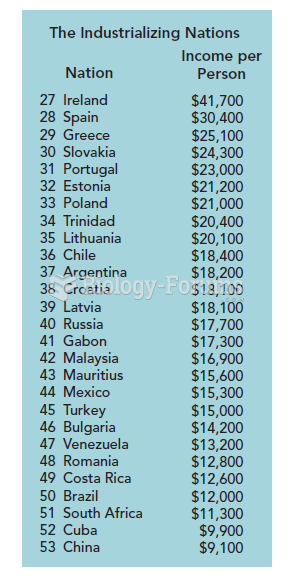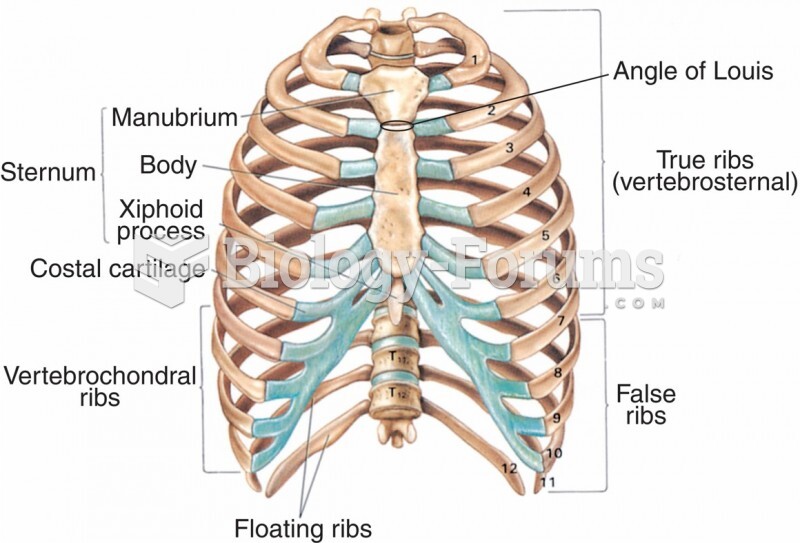Answer to Question 1
The income statement provides a summary of the sales and expenses for a given time period, usually monthly, quarterly, seasonally, or annually.
Gross sales are the retailer's total sales, including sales for cash or for credit. Returns and allowances are reductions from gross sales. Here the retailer makes a financial adjustment for customers who became dissatisfied with their purchases and returned the merchandise to the retailer.
Net sales, gross sales less returns and allowances, represents the amount of merchandise the retailer actually sold during the given time period.
Cost of goods sold is the cost of merchandise that has been sold during the period.
Gross margin is the difference between net sales and cost of goods sold or the amount available to cover operating expenses and produce a profit.
Operating expenses are those expenses that a retailer incurs while running the business other than the cost of the merchandise sold (e.g., rent, wages, utilities, depreciation, advertising, and insurance).
Operating profit is the difference between gross margin and operating expenses.
Other income or expenses includes income or expense items that the firm incurs outside the course of its normal retail operations.
Net profit is operating profit plus or minus other income or expenses. Net profit is the figure on which the retailer pays taxes and thus is usually referred to as net profit before taxes.
The income statement provides a summary of the sales and expenses for a given time period, usually monthly, quarterly, seasonally, or annually. Comparison of current results with prior results allows the retailer to notice trends or changes in sales, expenses, and profits.
A balance sheet shows the financial condition of a retailer's business at a particular point in time, as opposed to the income statement, which reports on the activities over a period of time. The balance sheet identifies and quantifies all the firm's assets and liabilities.
A statement of cash flow lists in detail the source and type of all revenue (cash inflows) and the use and type of all expenditures (cash outflows) for a given time period. When cash inflows exceed cash outflows, the retailer is said to have a positive cash flow; when cash outflows exceed cash inflows, the retailer is said to be experiencing a negative cash flow. Thus, the purpose of the statement of cash flow is to enable the retailer to project the cash needs of the firm.
A statement of cash flow is not the same as an income statement. In a statement of cash flow, the retailer is concerned only with the movement of cash into or out of the firm. An income statement reflects the profitability of the retailer after all revenue and expenses are considered. Often expenses will be incurred in one time period but not paid until the following time period. Thus, the retailer's income statement and statement of cash flow are seldom identical.
Answer to Question 2
A







